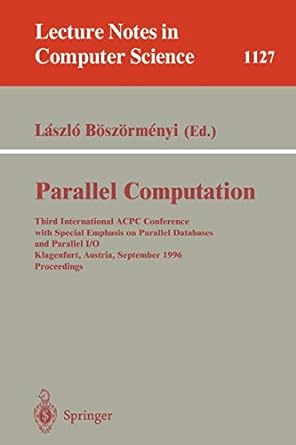Answered step by step
Verified Expert Solution
Question
1 Approved Answer
You have the below finding in your studies: The Information Systems audit process typically consists of three main phases: Planning, Fieldwork, and Reporting. In the
You have the below finding in your studies: The Information Systems audit process typically consists of three main phases: Planning, Fieldwork, and Reporting. In the context of these phases, the primary focus is on assessing controls, compliance, and risks within the information systems following the riskbased approach. Additionally, frameworks and standards used in Information Systems auditing primarily focus on assessing controls, ensuring compliance with regulations and policies, and managing risks within information systems. They emphasize the overall governance, security, and efficiency of IT processes rather than the detailed forensic analysis associated with digital forensics. Common frameworks include COBIT Control Objectives for Information and Related Technologies for governance and risk management, ISOIEC for information security management, and ITIL Information Technology Infrastructure Library for IT service management. These frameworks aim to ensure the confidentiality, integrity, and availability of information systems.
The evidencegathering techniques employed by IS auditors, such as inspection, observation, inquiry, confirmation, recalculation, reperformance, and analytical reviews, may have limitations in ensuring the validity of collected evidence. These methods are susceptible to potential human error, subjective interpretations, and may not fully capture the dynamic nature of digital environments. The reliance on manual processes and human judgment introduces the risk of inaccuracies, while the static nature of some techniques may not adequately address realtime changes or deliberate manipulations in information systems. To bolster the reliability of evidence, IS auditors may need to consider additional measures, such as digital forensics, which employs specialized tools and methodologies to enhance the integrity and authenticity of digital evidence in a more comprehensive and secure manner.
During the process of conducting an Information Systems IS audit, insider threats, originating from individuals with authorized access within an organization, can significantly impact the evidence collected. The unique challenge posed by insider threats lies in their potential to manipulate or compromise the integrity of digital evidence. Employees with malicious intent may intentionally distort or conceal information, making it difficult for auditors to rely on the accuracy of the collected data. Moreover, insider threats may exploit their knowledge of organizational systems to circumvent traditional audit controls, hindering the detection of unauthorized activities. The psychological aspect of insider threats further complicates evidence collection, as malicious insiders may employ subtle tactics that are not easily discernible through conventional audit methods. Addressing the impact of insider threats on evidence integrity requires the implementation of advanced techniques such as behavioral analysis and the integration of digital forensics to ensure a more robust and resilient IS audit process.
IS auditing encounters challenges in tracing and identifying EChannel fraud risks in the financial sector for several reasons. The rapidly evolving nature of cyber threats, including phishing and malware attacks, often outpaces the capabilities of traditional auditing measures. The crossborder nature of financial transactions introduces complexities in enforcing consistent regulations globally. The sheer volume and speed of electronic transactions can overwhelm auditing systems, leading to potential oversight of fraudulent activities. Insider threats, where employees exploit their knowledge, present difficulties in detection. The use of encrypted communication in EChannels adds a layer of complexity, making it challenging to inspect and trace fraudulent actions effectively. Industrial experience highlights the need for advanced auditing techniques, international collaboration, and ongoing vigilance to effectively address the intricate challenges posed by EChannel fraud risks in the financial sector. Now answer the folowing question to meet ist objective: What are the model components and how they can work together to ensure the confidentiality, integrity, and availability of information systems, as well as the validity of the evidence collected? Objective: To design a model that integrates digital forensics into IS Audit to ensure the confidentiality, integrity, and availability of information systems, as well as the validity of the evidence collected. What type of a model to be designed? Desigm the model and its flowchart on how it will intergate digital forensics into IS auditing?
Step by Step Solution
There are 3 Steps involved in it
Step: 1

Get Instant Access to Expert-Tailored Solutions
See step-by-step solutions with expert insights and AI powered tools for academic success
Step: 2

Step: 3

Ace Your Homework with AI
Get the answers you need in no time with our AI-driven, step-by-step assistance
Get Started


